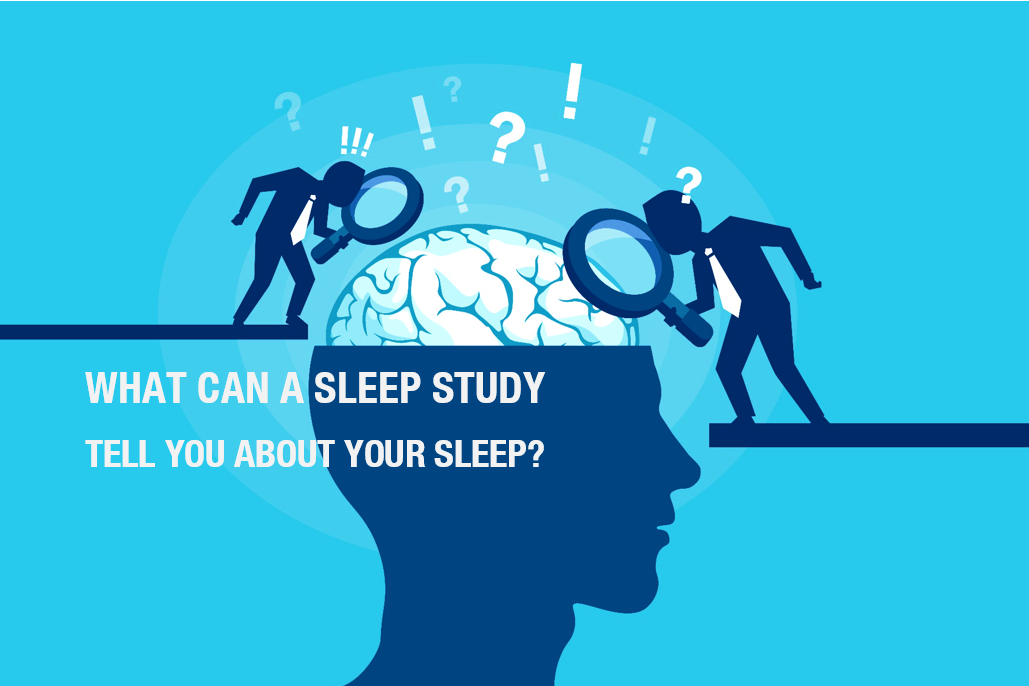If you’ve had a sleep study, you are likely to remember the experience. There are quite a number of sensors involved in preparing a sleep study, but it often goes unsaid, what those sensors are actually recording.
In fact there are several types of sleep studies, from the most rigorous study performed in a sleep laboratory, most likely in hospital, to an extremely simple test that measures just one or two signals. By far the fastest growing sleep test in Australia however is the home based polysomnography.
A full home based sleep study (polysomnography) measures many signals overnight. Most commonly, people undergoing a sleep study do so to investigate snoring or sleep apnoea. Home based polysomnography measures both snoring frequency and amplitude, as well as effort of breathing compared with the resultant depth of breathing. These signals are used to measure the extend and type of sleep apnoea.
But polysomnography also measures EEG and eye movements (called EOG) that determine how much sleep is achieved overnight, plus the depth of sleep (for example light sleep versus deep sleep, and REM sleep). The EEG is also used to determine how frequently sleep is disrupted, and paired with the other signals, sleep scientists can surmise why sleep is being disrupted, for example because of loud snoring, apnoeas, limb movements or potentially due to other factors.
Perhaps the most important clinical feature of a sleep study – at least for determining sleep apnoea – is the overnight oxygen profile. Analysis of the overnight oximetry allows sleep scientists to determine the frequency and depth of oxygen desaturations overnight, which in patients with sleep apnoea, can occur repeatedly, dozens of times every hour. Oxygen instability overnight has a significant long-term impact on overall cardiovascular and metabolic health.
Additionally, leg movements are also captured that can assist sleep scientists in determining the cause and regularity of sleep disruption and in some cases, can help support a suspicion of sleep related movement disorders – however video monitoring is often required for these diagnoses. Overnight 2-lead ECG is also measured that can highlight major fluctuations in heart rate and gross arrhythmias that are not uncommon in people with sleep apnoea.
Next on the list, is limited channel testing. Limited channel home sleep testing can be a suitable option for some patients, particularly when significant comorbidity is not present (like heart disease or chronic respiratory conditions). While significant sleep apnoea can certainly be identified through limited channel testing, the effect it has on sleep disruption is not garnered from these tests. Milder forms of sleep apnoea may also be overlooked with limited channel testing, but it still remains a good clinical tool in some cases.
A doctor may prescribe limited channel testing or even simple overnight oximetry testing to gauge the severity of existing sleep apnoea or for highly suspected sleep apnoea. These limited channel tests can also help assess improvement or deterioration of a condition, for example following weight changes. Infrequently, overnight oximetry can be a useful tool to assess the efficacy of domiciliary therapy like PAP therapy, supplemental oxygen therapy or oral appliance therapy where there is a persistence of symptoms.
Sleep Testing Australia offers all types of home sleep testing, from the home polysomnography, to simple overnight oximetry. Whatever is the most suitable pathway to take, we can help guide you through the process, from diagnosis, to support and advice about getting your sleep health as good as it can be.

